In the modern society where electronic products are fully popularized, the demand for batteries in various industrial chains is increasing, and the production of batteries is gradually becoming scarce. In order to accelerate the production capacity of batteries and reduce the loss in battery production, the demand for industrial chillers in the battery production industrial chain is very large. Industrial chillers play a crucial role in various stages to ensure that the equipment and process conditions in the production process are in the best state.
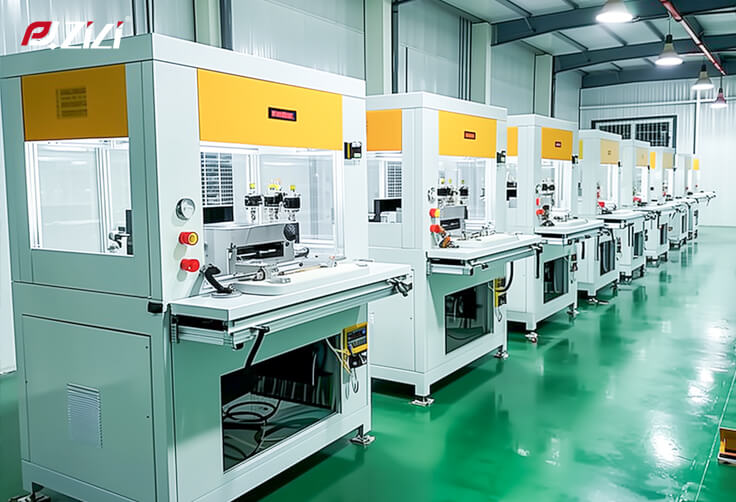
1.Industrial chiller for battery raw material processing
During the initial stages of battery production, handling the batteries generates a lot of heat because the raw materials need to be processed, such as mixing, grinding, and dissolving. If the temperature is not controlled during the processing, it may affect the performance and production efficiency of the batteries. The water chiller provided by a chiller can effectively control the temperature during the processing of the raw materials for batteries, ensuring the quality of the raw materials and the stability of production, laying a solid foundation for subsequent battery production.
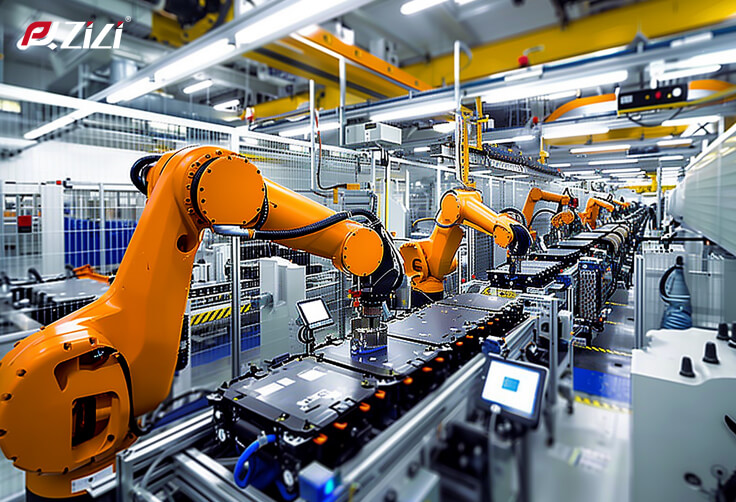
2.The role of industrial chiller for battery slurry mixing
Battery slurry mixing is one of the key steps in battery manufacturing. During the slurry mixing process, a large amount of mechanical energy is converted into heat energy, causing the temperature of the slurry to rise.
If the slurry temperature is too high, it will cause the slurry viscosity to increase and mixing to be uneven, thus affecting the performance of the battery. A chiller unit provides cooling water in this stage, and the heat is removed through a cooling coil, keeping the slurry within an appropriate temperature range.
3.Industrial chiller for electrode coating treatment
Electrode coating is the process of applying a slurry onto a current collector, which requires high-temperature conditions to ensure an even and good adhesion of the coating.
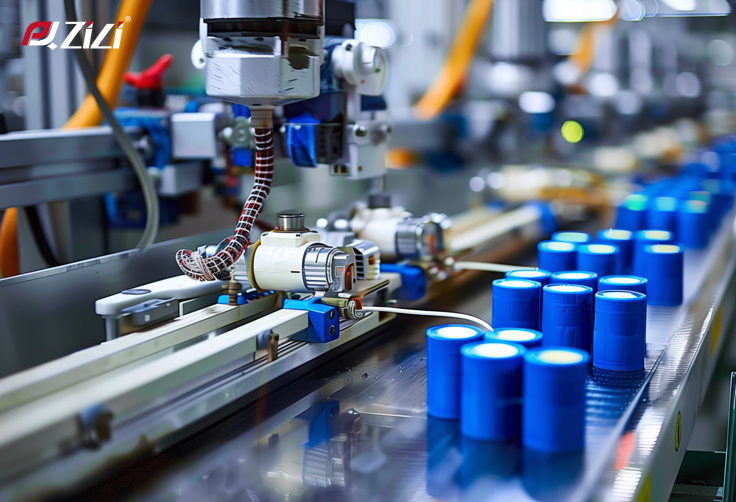
However, after coating the electrode, it needs to be quickly cooled. An industrial chiller can do this well, as it can provide cooling water immediately for the coating equipment. By directly cooling the electrode, the chiller can quickly lower the electrode temperature and ensure the quality of the coating.
4.The role of the chiller for battery assembly
In the battery assembly process, many equipment such as welding machines, spot welding machines, and encapsulation equipment need to be cooled to maintain their normal operating temperature.
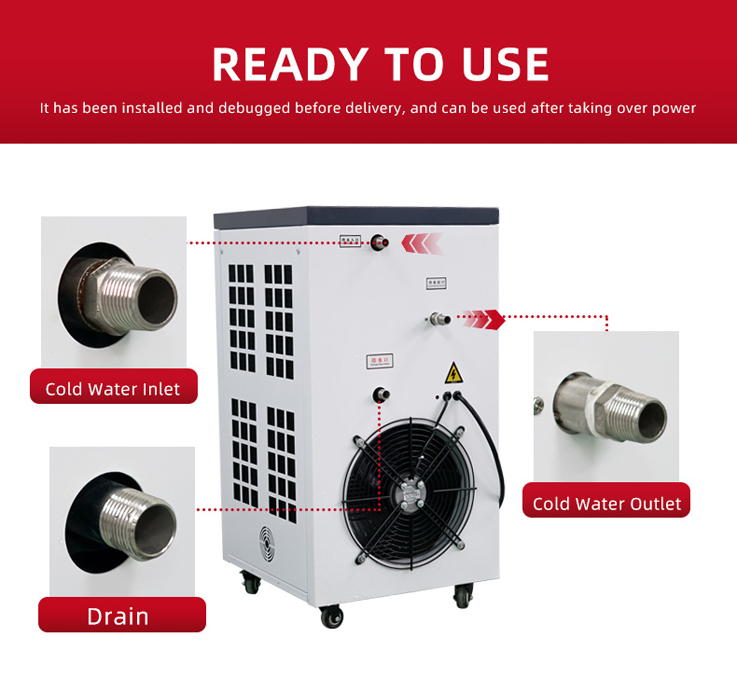
Water chiller can provide cooling water for these equipment to prevent equipment failure and production interruptions due to overheating. Especially in the process of spot welding and laser welding, high heat is easily generated, and special laser chilled water machines are needed to cool them down.
5.The role of industrial chiller for battery testing
Batteries undergo a series of rigorous tests before they are shipped, such as charge and discharge tests and temperature cycling tests. These tests are usually conducted in high or low temperature environments to simulate the operating conditions of the batteries in actual use. A chiller can provide precise temperature control for testing equipment by cooling or heating the circulating water, ensuring the stability and accuracy of the test environment and thereby guaranteeing the consistency and reliability of the battery performance.
6.Industrial chiller can use waste heat
During the production of batteries, chiller units not only provide cooling but also recover waste heat through heat exchangers, reducing the startup cost of machines.
The heat absorbed by the chiller units during the cooling process can be heated by the heat exchanger to other heat-needed process links, such as cleaning and preheating processes, which not only improves the energy utilization efficiency but also reduces production costs, meets the interests of customers, and conforms to Pengqiang’s requirements for green manufacturing and sustainable development.
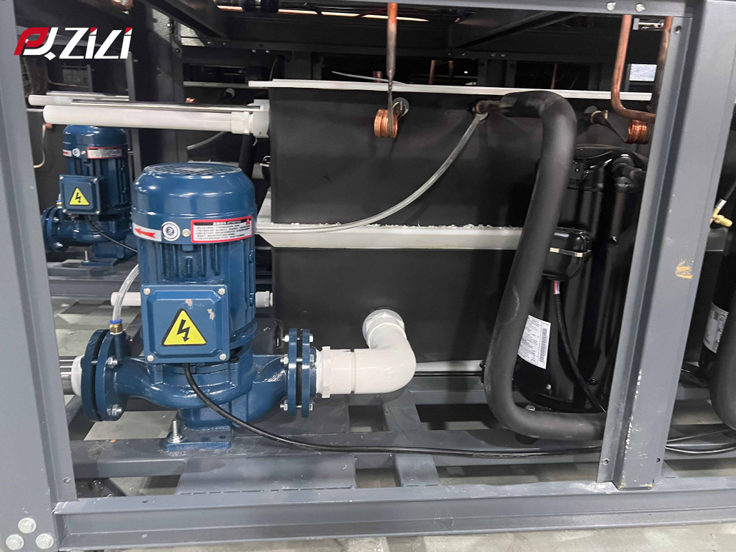
In summary, the chiller plays an important role in many aspects of the battery production industry chain. And every link of battery production is inseparable from the support of the chiller.
Industrial chillers provide stable cooling water to effectively control the temperature in production processes, ensuring the normal operation of equipment and the stability of processes, improving production efficiency and product quality. At the same time, by recovering waste heat and utilizing it, chillers can also improve energy utilization efficiency and drive the development of battery production towards green and sustainable direction.
In the battery production industry chain, the design of chiller programs needs to take into account various links and details in order to ensure the efficiency and reliability of the cooling system. Pengqiang generally provides custom industrial chiller based on different customer requirements. The following is a commonly used program in battery production, which can serve as a reference for you.
Choose the right chiller:
Cooling capacity: Select the appropriate cooling capacity of the water chiller unit based on the actual needs of the factory. The number of cooling equipment to be cooled during the battery production process, the temperature requirements of the cooling water, and the production scale will all affect the choice of cooling capacity. A chilled water unit composed of a screw chiller, a common air cooled chiller for sale, and a laser chiller is generally a good choice.
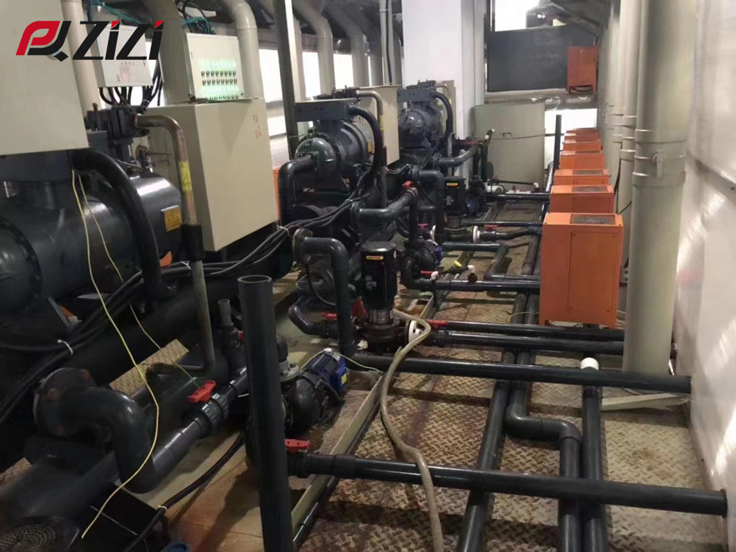
Energy efficiency ratio: the chillers with high energy efficiency ratio are preferred to reduce operating costs and energy consumption.
Environmental adaptability: the chiller needs to adapt to the environmental conditions of the factory, such as high temperature, high humidity, etc. In general, the air cooled chiller has no requirements for water quality, while the water cooled chiller has relatively low environmental requirements. We can read the previous article and choose the products suitable for us.
Cooling water system layout:
Centralized cooling system: The chiller is centrally installed in a single location, and the cooling water is conveyed to each production link through pipelines. This arrangement facilitates centralized management and maintenance.
Distributed cooling system: Small chiller units are installed near each process stage that requires cooling to minimize pipe length and reduce cooling water loss.
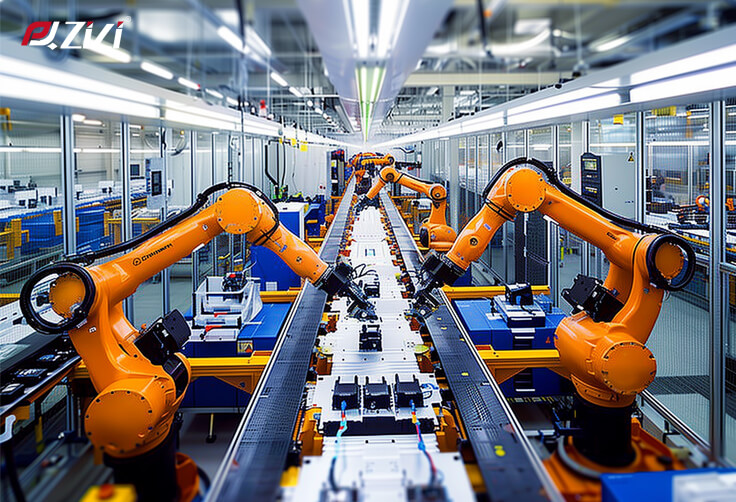
Cooling water circuit design:
The circuit design of an industrial chiller is intricately tailored to the specific layout of the production workshop and the positioning of machinery. As a result, the pipeline configuration for each chiller varies accordingly. For those interested, please feel free to reach out via email, as we are happy to provide complimentary design services.
Regular maintenance:
Chiller maintenance is our common topic, different chiller have different maintenance methods. You can refer to our previous article to implement the maintenance of the chiller.
Automatic control system: Intelligent control system is installed to monitor cooling water temperature, flow rate and equipment operating status in real time, and automatically adjust cooling parameters.
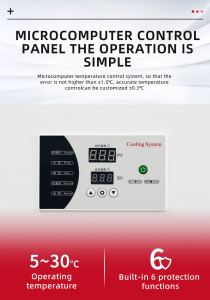
Remote monitoring and management: Realizes remote monitoring and management through the network, responds to and handles exceptions in a timely manner.
Time-sharing operation: time-sharing operation in Pengqiang belongs to customized chiller. This kind of chiller can optimize the running time of the chiller and reduce the operating cost according to the production demand.
Industrial cold water and frequency conversion regulation: Pengqiang frequency conversion controller can adjust the operating load of the chiller according to the actual cooling demand to avoid excessive cooling and energy waste.
In the battery production industry chain, the application scheme design of chiller needs to consider all aspects comprehensively. Pengqiang can design a reasonable scheme according to the actual situation through scientific and reasonable design and management to ensure the production of efficient and energy-saving batteries.